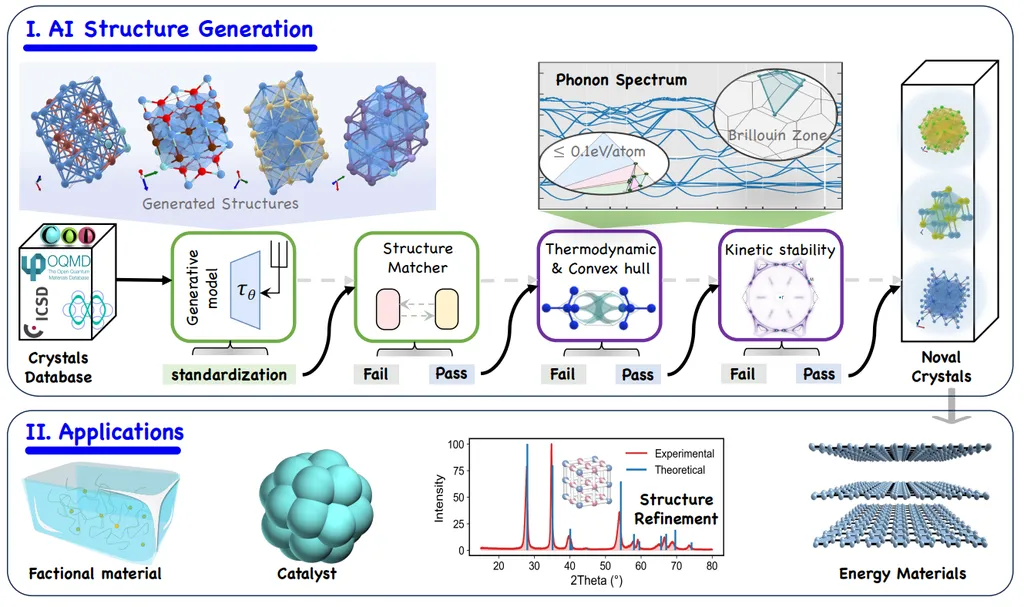In a groundbreaking development poised to revolutionize the optoelectronics and photonics industries, researchers have unveiled a novel approach to enhance the performance of G-quartet (G4)-based circularly polarized luminescence (CPL) materials. These materials, prized for their exceptional chiral properties, have long been earmarked for advanced optical devices, but their practical applications have been hampered by low quantum yield (QY), which diminishes emission efficiency.
Enter BgoFace, an innovative active learning (AL)-based software developed by a team led by Tianliang Li at the Materials Genome Institute and the Shanghai Engineering Research Center for Integrated Circuits and Advanced Display Materials. This integrated system represents a significant leap forward in the optimization of G4-based CPL materials, offering a data-driven strategy that bridges design and experimental validation.
The research, published in the journal *Materials Genome Engineering Advances* (translated from its original Chinese title), details how BgoFace executed six AL cycles encompassing 24 targeted experimental groups. Starting with an initial dataset of 54 experimentally validated samples, the system identified G4 complexes that exhibited a near doubling of QY, achieving an impressive 37.25%. This substantial improvement addresses a longstanding challenge in the field, significantly enhancing the emission efficiency of these materials.
“The ability to simultaneously consider multiple physicochemical parameters is what sets BgoFace apart,” explained Li. “This holistic approach not only boosts quantum yield but also improves the stability and processability of the materials, making them more viable for commercial applications.”
The implications for the energy sector are profound. Enhanced CPL materials could lead to more efficient optical devices, including advanced displays, sensors, and photonic components, all of which are critical for energy-efficient technologies. The optimized materials developed through BgoFace’s AL framework could pave the way for next-generation optoelectronic devices that are both high-performing and cost-effective.
“This research is a game-changer,” said a senior industry analyst specializing in optoelectronics. “By leveraging active learning, the team has demonstrated a scalable and efficient method for material optimization that could accelerate the development of cutting-edge technologies.”
The study not only advances the field of G4-based CPL materials but also establishes a generalizable AL framework suitable for optimizing functional nanomaterials in optoelectronic device design. This transformative strategy offers a blueprint for future research, promising to accelerate the development of functional nanomaterial engineering and drive innovation in the energy sector.
As the world continues to seek more efficient and sustainable technologies, the work of Li and his team at the Materials Genome Institute and the Shanghai Engineering Research Center for Integrated Circuits and Advanced Display Materials stands as a testament to the power of interdisciplinary collaboration and data-driven innovation. The future of optoelectronics and photonics has never looked brighter.

